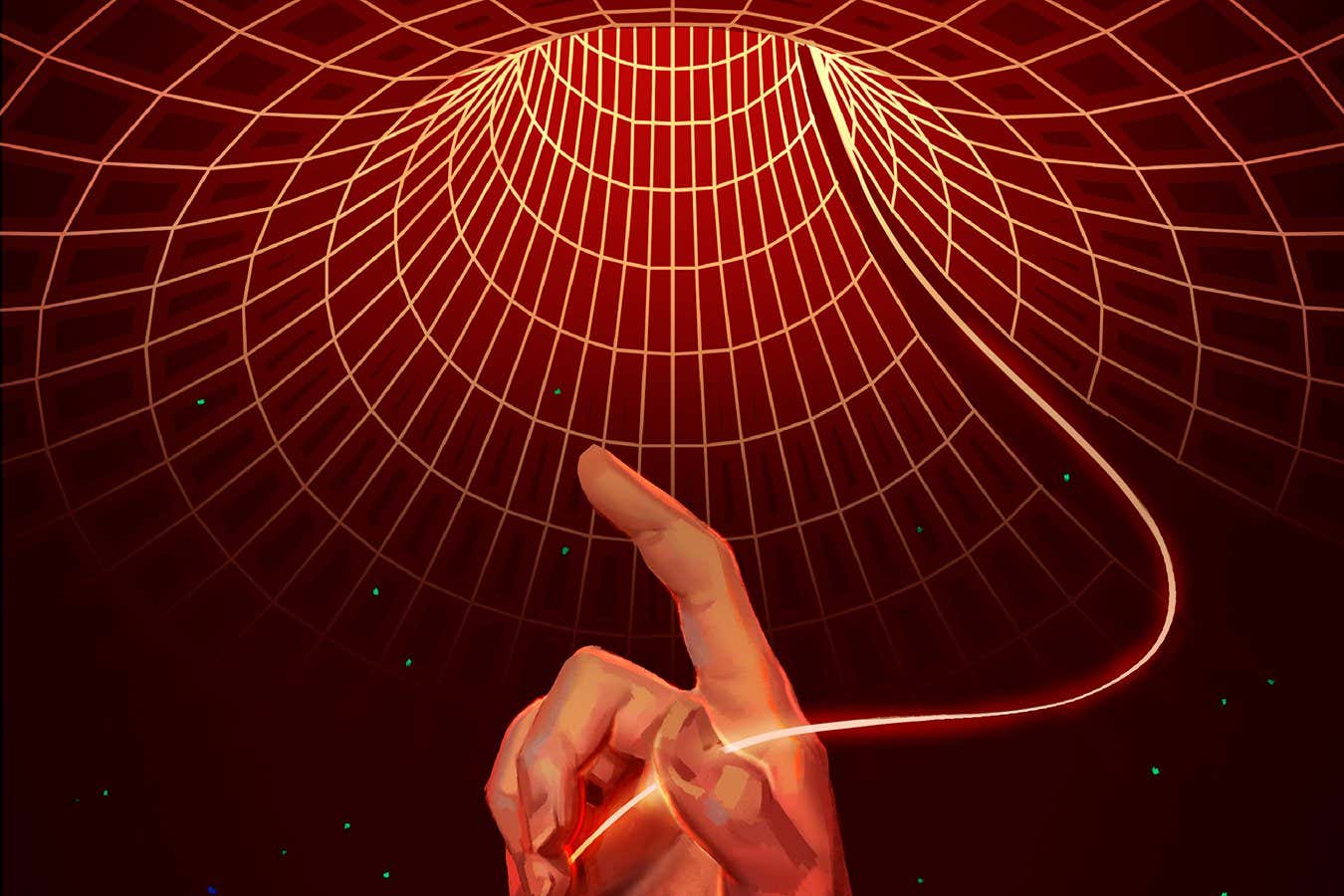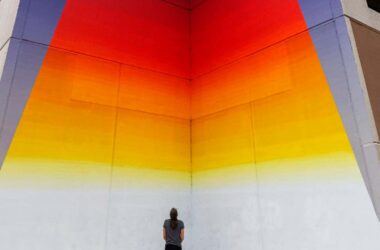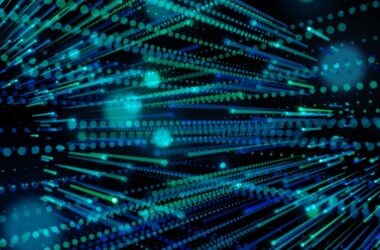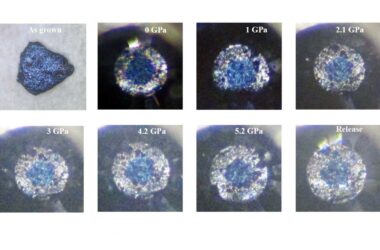If you could empty the universe, what would be left over? The underlying structure of the cosmos is called space-time, which is often described as a fabric. However, there is no consensus among physicists about what space-time truly means. In classical physics, based on Albert Einstein’s general theory of relativity, space-time is intertwined with mass and energy, giving rise to gravity. According to this view, the fabric of space-time is smooth and continuous.
Yet, most physicists today believe that space-time must conform to the principles of quantum mechanics. If this is the case, space-time can be broken down into discrete units, or quantized. While space-time appears smooth at a macroscopic level, at a microscopic level it may be composed of smaller constituents. However, there is currently no evidence to confirm this quantized nature of space-time since directly observing these fundamental components would be nearly impossible due to their incredibly tiny size.
Therefore, scientists have proposed indirect methods to study the nature of space-time. In fact, physicists have developed several innovative experiments that could help us understand what space-time is made of, if anything, once and for all.
1. Slow neutrinos
One approach to studying the quantum nature of space-time involves observing neutrinos. Neutrinos are elementary particles that have a tiny mass and interact weakly with other matter. According to some theories, these particles could be influenced by the discrete nature of space-time at extremely small scales. By studying the behavior of neutrinos over long distances, researchers hope to identify any anomalous effects that may be indicative of a quantized space-time structure.
2. Gamma-ray bursts
Another method to explore the quantum nature of space-time involves observing gamma-ray bursts. These bursts are the most energetic events in the universe and are thought to be produced during the collapse of massive stars or the merger of neutron stars. The precise timing and energy distribution of gamma-ray bursts could provide valuable insights into the underlying structure of space-time. By analyzing the time delays and energy dispersion of gamma-ray bursts, physicists could uncover potential quantum effects in the fabric of space-time.
3. Gravity wave interferometers
Gravity wave interferometers, such as the Laser Interferometer Gravitational-Wave Observatory (LIGO), can also contribute to our understanding of space-time’s quantum nature. These instruments detect minuscule disturbances in space-time caused by massive celestial events, such as the collision of black holes. By analyzing the gravitational wave signals, scientists can examine whether the fabric of space-time exhibits any discreetness or irregularities that may suggest a quantized structure.
4. Cosmic microwave background radiation
The cosmic microwave background radiation (CMB) is the residual radiation from the early stages of the universe, often described as the “afterglow” of the Big Bang. The CMB carries valuable information about the evolution and properties of space-time. By studying the patterns and fluctuations in the CMB, researchers may uncover clues about the quantum nature of space-time.
5. Black hole information paradox
The black hole information paradox is a longstanding problem in physics that arises from the principles of quantum mechanics and the existence of black holes. According to quantum mechanics, information cannot be destroyed, but black holes seem to violate this rule by absorbing matter and information with no apparent way of retrieving it. Resolving this paradox may provide valuable insights into the quantum nature of space-time and the behavior of matter within it.
6. Quantum gravity models
Finally, scientists are developing various quantum gravity models to explore the nature of space-time at a fundamental level. These models aim to merge the principles of quantum mechanics and general relativity to provide a comprehensive understanding of the fabric of the universe. Developing and testing these models could potentially reveal the quantum nature of space-time and shed light on the mysteries of the cosmos.
By employing these approaches and innovative experiments, physicists are striving to unravel the mysteries of space-time and determine whether it is truly quantized. While direct observation of the fundamental constituents of space-time remains challenging, these indirect methods hold promise for revealing the true nature of the fabric of the universe.








